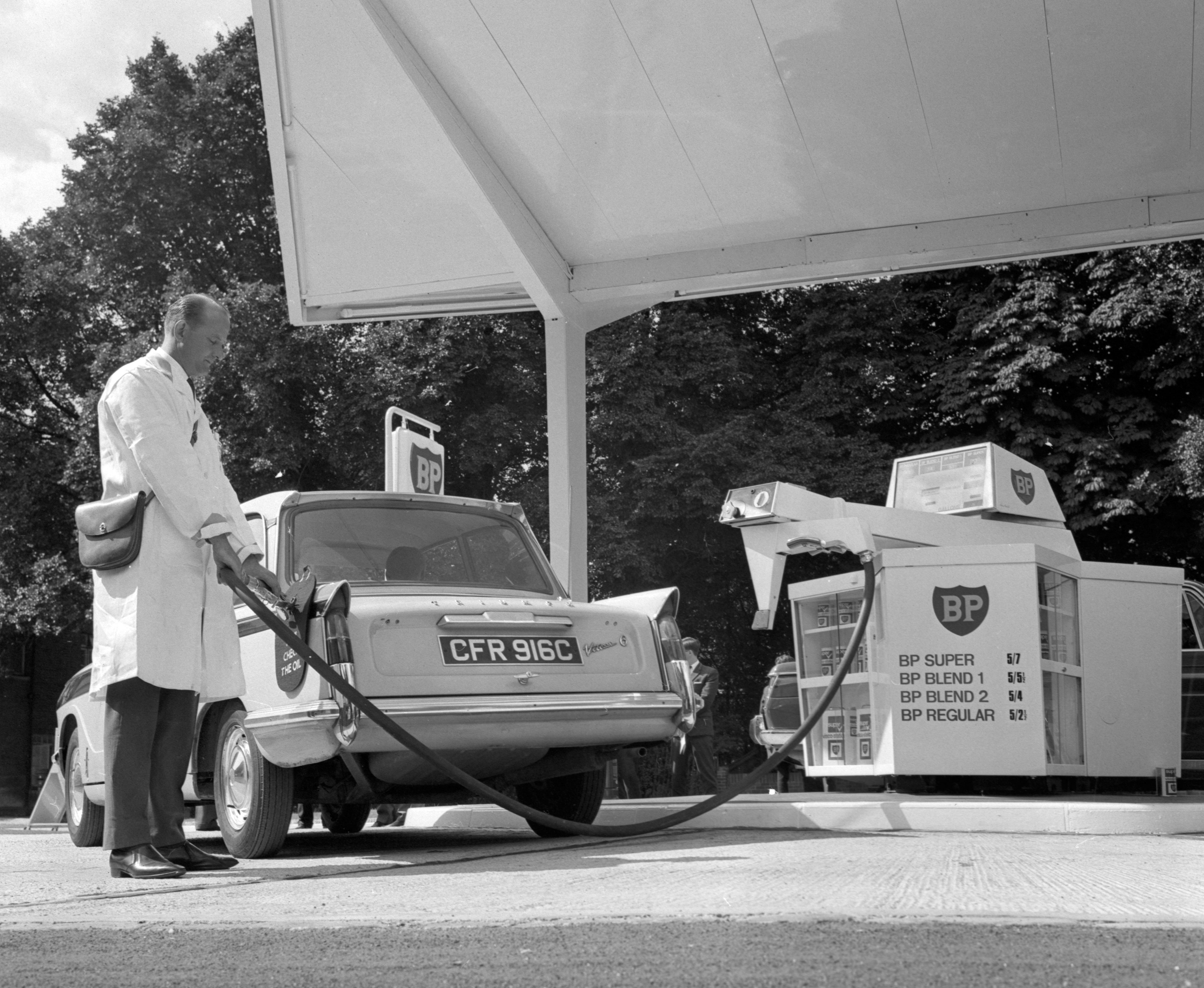Inflation’s rising, but is it here to stay?
Fears are mounting that prices of goods and services are climbing too fast. But fears of 1970s-style double-digit inflation may be premature, writes Anna Isaac


As economies reopen, there are concerns that price rises could spiral as supply struggles to meet a sudden uptick in demand.
Fresh data has added fuel to these inflation worries. On Wednesday, the Office for National Statistics released figures that showed their measure of price rises, the Consumer Prices Index, rose to 2.5 per cent in the 12 months to June, up from 2.1 per cent to May.
This was a bigger leap than many economists had expected and the highest level in nearly three years. It followed data from the US on Tuesday that showed inflation at 13-year high of 5.4 per cent.
In the UK, economists were watching out for these June figures because they offer an early glimpse of reopening’s effect on inflation. The data shows snarls in supply chains, as shortages of semiconductor chips used in electronics and cars held up manufacturing, thus driving up the cost of second-hand cars. They also reveal how rising oil prices have fed through to fuel costs, and that consumers’ appetite for hotel stays and restaurant meals are also boosting inflation.
It’s a “perfect storm of different things that are pushing inflation higher” according to Andrew Goodwin, chief economist at Oxford Economics.
Around the world, central banks worked to keep debt costs down and cushion their economies amid severe and sudden recessions triggered by the pandemic. They slashed at what were often already historically low interest rates and bought up bonds.
These steps, combined with government spending on efforts such as furlough, were meant to help keep businesses on life-support as countries have swung in and out of lockdowns and other layers of restrictions.
The problem is, just as the response to the pandemic from the Treasury and Threadneedle Street was experimental, the road out of the crisis is also unknown.
It’s hard to work out how and when the support should be turned off. The Bank expects inflation to peak above 3 per cent, but only for a “temporary period”. But there’s a growing debate about how much help the Bank of England should still be providing by way of a very low interest rate and so-called quantitative easing.
“This looks increasingly complacent,” according to Julian Jessop, Economics Fellow at free market think tank the Institute of Economic Affairs. And he’s not alone in his thinking.
“There’s a rising risk that won’t be the peak and we could see greater persistence and a higher level of that peak,” former Bank of England chief economist Andy Haldane told MoneyWeek magazine earlier this month. “Next year could see price pressures building, not abating.”
If that happens, the Bank of England could have to step in and raise interest rates more sharply than planned, causing a nasty surprise to borrowers who aren’t used to significant interest rate rises, Haldane warned.
That’s a frightening spectre for people with memories of the 1970s and early 1980s when inflation rocketed and interest rates – the handbrake central banks use to try and contain inflation – were cranked up in response. That meant higher borrowing rates for consumers and costly mortgages. The Bank of England’s headline interest rate reached 17 per cent in 1979, as it sought to counteract inflationary pressures.
What is certain is that there’ll be a bumpy ride for inflation data in the months ahead
But there’s a way to go before we reach anything like the double-digit inflation of the 1970s, even if some more pessimistic takes forecast inflation of 4-5 per cent over the medium term.
Paul Dales, chief UK economist at Capital Economics, believes inflation could spike as high as 4 per cent by the end of the year. However, the rise “will be short-lived, we don’t expect the Bank of England to tighten policy anytime soon”.
What is certain, however, is that there’ll be a bumpy ride for inflation data in the months ahead. Price rises were volatile last year, as demand for goods and services rose and fell depending on pandemic-linked restrictions. When more of the economy opened up last summer, for instance, inflation climbed then too.
That might distort inflation data next month, Goodwin says, making it look artificially low on a 12-month basis. The government also slashed VAT to try and encourage shoppers to spend. As that’s reversed, it will drive up price rise data too, he warns, making it look higher than the broad economic picture suggests.
Still, while data might swing higher and lower due to pandemic distortions, and move financial market bets as a result, there are a host of reasons why economists don’t expect a sudden return to 1970s-style inflation crises in the UK. There isn’t the same collective bargaining power of trade unions driving up pay costs, and the products consumers buy are more diverse, making market prices less rigid.
“It just doesn’t feel like an environment where you could have that sort of big pick-up over a long period. It does feel like a temporary blip,” Goodwin says.



Join our commenting forum
Join thought-provoking conversations, follow other Independent readers and see their replies
Comments